Movement disorders are characterized as health issues that cause abnormal and involuntary body positions or movements. Many neurological conditions are caused by brain signal problems and they can ultimately affect quality, fluency, speed, and ease of movement. Dyskinesia is characterized as abnormal and involuntary fluency and/or speed of movement while hyperkinesia is characterized as excessive movement and hypokinesia is characterized as slow or absent, abnormal and involuntary movements. Movement disorders are also referred to as conversion disorders and/or psychogenic movement disorders. Â Injuries or underlying conditions to the brain, spinal cord, and nervous system don’t always cause movement disorders. Movement disorders can include: Â
- Tics, characterized as abnormal and/or involuntary contractions of the muscles,
- Tremor, also referred to as a resting tremor or essential tremor,
- Ataxia, characterized by “jerky” movements and coordination problems,
- Dystonia, characterized as abnormal and/or involuntary, generally prolonged contractions of the muscles,
- Huntington’s disease, also referred to as chronic progressive chorea,
- Parkinson’s disease, a well-known movement disorder, including tremors,
- Multiple system atrophies, also referred to as Shy-Drager syndrome,
- Restless legs syndrome (RLS) and reflex sympathetic dystrophy/periodic limb movement disorder (RSD/PLMD),
- Myoclonus, characterized by rapid, brief, irregular movements,
- Tourette’s syndrome, another well-known movement disorder, including repetitive or unwanted sounds and movements,
- Wilson disease, known as an inherited health issue that causes a variety of symptoms and liver disease, and
- Progressive supranuclear palsy, characterized as a rare health issue that affects movement.
As previously mentioned in the list above, tics are a well-known, movement disorder characterized by abnormal and/or involuntary contractions of the muscles that can ultimately affect an individual’s regular physical activities as well as their overall quality of life. Tics are generally triggered by a powerful urge or sensation that is temporarily relieved after the contraction of the muscles. Several examples of common tics can involve the following, including: Â
- Twitching of the face,
- Clearing of the throat,
- Grunting,
- Sighing,
- Blinking, and/or
- Shrugging of the shoulders.
Dystonia can include spasmodic torticollis, characterized by abnormal and/or involuntary movements of the eyelids, face, head, neck, and blepharospasm. Â Tourette’s syndrome is another well-known movement disorder characterized as a health issue that causes a variety of vocal and motor tics or repetitive contractions of the muscles. Common symptoms of Tourette’s syndrome generally manifest during childhood and/or early adolescence and they can commonly vary in severity and frequency. Patients diagnosed with Tourette’s syndrome can also ultimately develop a variety of other behavioral problems, including inattention, hyperactivity, impulsivity, compulsions, and obsessions. A diagnosis is necessary to determine the presence of Tourette’s syndrome. Â
Table of Contents
What are the Symptoms of Movement Disorders?
Movement disorders are characterized by abnormal and involuntary movements. But, patients may also experience a variety of other symptoms, including: Â
- Jerky movements or twitching,
- Spasms and/or contractures, characterized as limbs “freezing” in an abnormal or involuntary body position,
- Tremors, characterized by abnormal or involuntary movement of a limb, can range from moderate to severe and occasional or constant, and
- Gait problems, characterized as walking problems that can ultimately cause difficulty while standing or unsteady walking.
The symptoms of the movement disorders previously mentioned above can be treated. Treatment can help improve the symptoms of movement disorders. Â
What are the Treatments for Movement Disorders?
Movement disorders can cause stress and ultimately affect an individual’s overall quality of life. Qualified and experienced healthcare professionals that specialize in a variety of movement disorders can help diagnose as well as develop a treatment program for every patient’s unique needs and symptoms. The goal of a doctor is to help improve the quality of life of patients with movement disorders through the use of lifestyle modifications, therapy, and medicines. According to the diagnosis, the healthcare professional will ultimately suggest treatments and possible referrals to other specialists, including: Â
- Hypnosis,
- Cognitive-behavioral therapy and/or dialectical-behavioral therapy,
- Referral to neurobehavioral healthcare professionals,
- Physical therapy,
- Chiropractic care,
- Medication
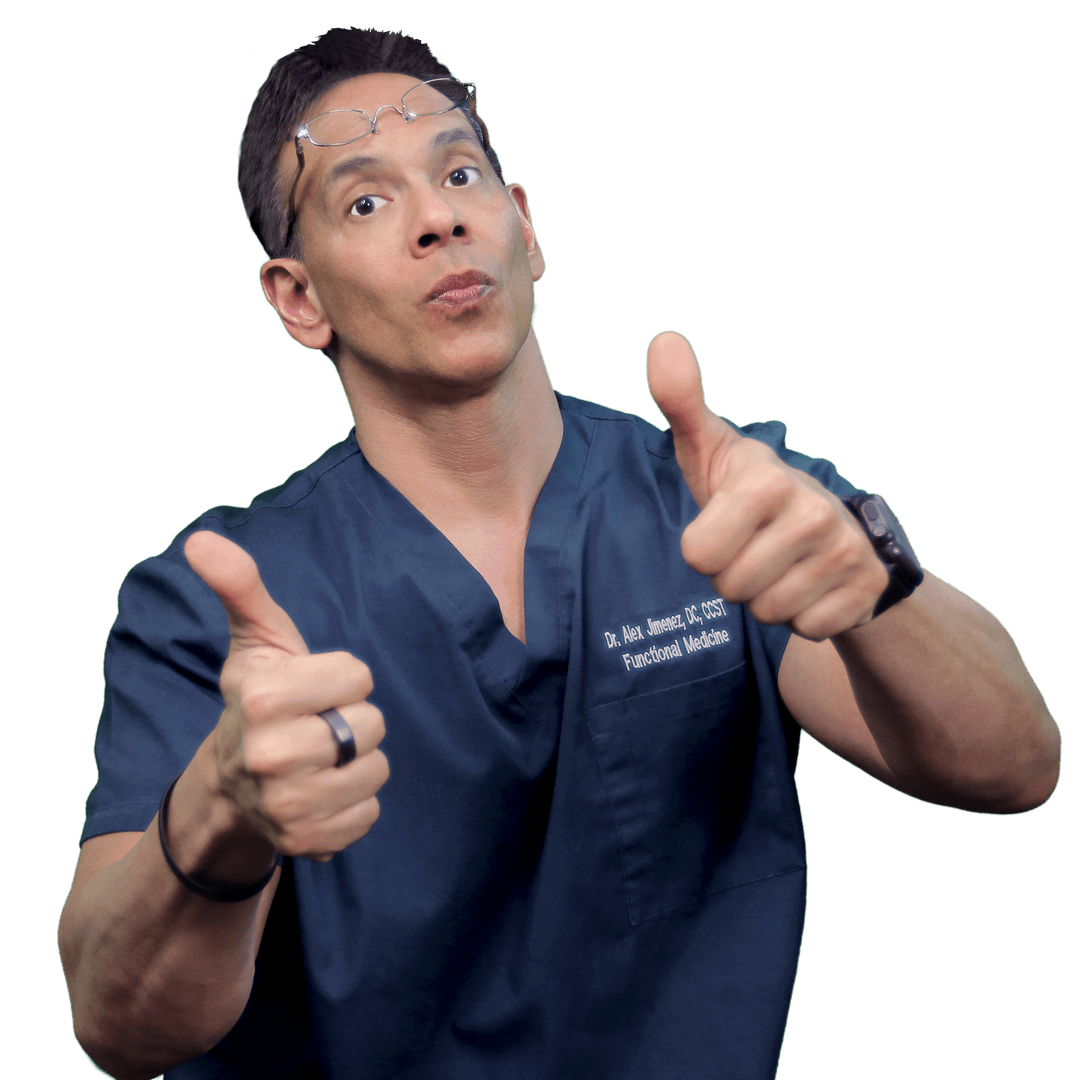
Movement disorders are ultimately characterized as a variety of neurological health issues that can also generally cause various abnormal and involuntary body positions or movements. Many other neurological health issues are commonly caused by problems in the transmitting signals of the brain and they can ultimately affect quality, fluency, speed, and ease of movement. Movement disorders are also frequently referred to as conversion disorders and/or psychogenic movement disorders. Treatment of the symptoms of movement disorders will ultimately depend on the diagnosis of the patient. – Dr. Alex Jimenez D.C., C.C.S.T. Insight
Movement disorders are characterized as health issues that cause abnormal and involuntary body positions or movements. Many neurological conditions are caused by brain signal problems and they can ultimately affect quality, fluency, speed, and ease of movement. Dyskinesia is characterized as abnormal and involuntary fluency and/or speed of movement while hyperkinesia is characterized as excessive movement and hypokinesia is characterized as slow or absent, abnormal and involuntary movements. Movement disorders are also referred to as conversion disorders and/or psychogenic movement disorders. Â
The scope of our information is limited to chiropractic, musculoskeletal, and nervous health issues or functional medicine articles, topics, and discussions. We use functional health protocols to treat injuries or disorders of the musculoskeletal system. Our office has made a reasonable attempt to provide supportive citations and has identified the relevant research study or studies supporting our posts. We also make copies of supporting research studies available to the board and or the public upon request. To further discuss the subject matter above, please feel free to ask Dr. Alex Jimenez or contact us at 915-850-0900.Â
Curated by Dr. Alex Jimenez Â
References:
- Stanford Health Care (SHC) – Stanford Medical Center. “Functional Movement Disorders.†Stanford Health Care (SHC) – Stanford Medical Center, stanfordhealthcare.org/medical-conditions/brain-and-nerves/functional-movement-disorders.html.
- Stanford Health Care (SHC) – Stanford Medical Center. “Symptoms.†Stanford Health Care (SHC) – Stanford Medical Center, stanfordhealthcare.org/medical-conditions/brain-and-nerves/functional-movement-disorders/symptoms.html.
- Stanford Health Care (SHC) – Stanford Medical Center. “Treatments.†Stanford Health Care (SHC) – Stanford Medical Center, stanfordhealthcare.org/medical-conditions/brain-and-nerves/functional-movement-disorders/treatments.html.
- Swierzewski, Stanley J. “Movement Disorders Overview.†Movement Disorders Overview – Movement Disorders – HealthCommunities.com, 1 Jan. 2000, www.healthcommunities.com/movement-disorders/overview-of-movement-disorders.shtml.
Neurotransmitter Assessment Form
The following Neurotransmitter Assessment Form can be filled out and presented to Dr. Alex Jimenez. The following symptoms listed on this form are not intended to be utilized as a diagnosis of any type of disease, condition, or any other type of health issue. Â
Additional Topic Discussion: Chronic Pain
Sudden pain is a natural response of the nervous system which helps to demonstrate possible injury. By way of instance, pain signals travel from an injured region through the nerves and spinal cord to the brain. Pain is generally less severe as the injury heals, however, chronic pain is different than the average type of pain. With chronic pain, the human body will continue sending pain signals to the brain, regardless if the injury has healed. Chronic pain can last for several weeks to even several years. Chronic pain can tremendously affect a patient’s mobility and it can reduce flexibility, strength, and endurance. Â
Neural Zoomer Plus for Neurological Disease
Dr. Alex Jimenez utilizes a series of tests to help evaluate neurological diseases. The Neural ZoomerTM Plus is an array of neurological autoantibodies which offers specific antibody-to-antigen recognition. The Vibrant Neural ZoomerTM Plus is designed to assess an individual’s reactivity to 48 neurological antigens with connections to a variety of neurologically related diseases. The Vibrant Neural ZoomerTM Plus aims to reduce neurological conditions by empowering patients and physicians with a vital resource for early risk detection and an enhanced focus on personalized primary prevention. Â
Food Sensitivity for the IgG & IgA Immune Response
Dr. Alex Jimenez utilizes a series of tests to help evaluate health issues associated with food sensitivities. The Food Sensitivity ZoomerTM is an array of 180 commonly consumed food antigens that offers very specific antibody-to-antigen recognition. This panel measures an individual’s IgG and IgA sensitivity to food antigens. Being able to test IgA antibodies provides additional information to foods that may be causing mucosal damage. Additionally, this test is ideal for patients who might be suffering from delayed reactions to certain foods. Utilizing an antibody-based food sensitivity test can help prioritize the necessary foods to eliminate and create a customized diet plan around the patient’s specific needs. Â
Gut Zoomer for Small Intestinal Bacterial Overgrowth (SIBO)
Dr. Alex Jimenez utilizes a series of tests to help evaluate gut health associated with small intestinal bacterial overgrowth (SIBO). The Vibrant Gut ZoomerTM offers a report that includes dietary recommendations and other natural supplementation like prebiotics, probiotics, and polyphenols. The gut microbiome is mainly found in the large intestine and it has more than 1000 species of bacteria that play a fundamental role in the human body, from shaping the immune system and affecting the metabolism of nutrients to strengthening the intestinal mucosal barrier (gut-barrier). It is essential to understand how the number of bacteria that symbiotically live in the human gastrointestinal (GI) tract influences gut health because imbalances in the gut microbiome may ultimately lead to gastrointestinal (GI) tract symptoms, skin conditions, autoimmune disorders, immune system imbalances, and multiple inflammatory disorders. Â
Formulas for Methylation Support
XYMOGEN’s Exclusive Professional Formulas are available through select licensed health care professionals. The internet sale and discounting of XYMOGEN formulas are strictly prohibited.
Proudly, Dr. Alexander Jimenez makes XYMOGEN formulas available only to patients under our care.
Please call our office in order for us to assign a doctor consultation for immediate access.
If you are a patient of Injury Medical & Chiropractic Clinic, you may inquire about XYMOGEN by calling 915-850-0900.
For your convenience and review of the XYMOGEN products please review the following link. *XYMOGEN-Catalog-Download Â
* All of the above XYMOGEN policies remain strictly in force. Â
 Â
Modern Integrated Medicine
Post Disclaimer
Professional Scope of Practice *
The information herein on "Functional Neurology: What are Movement Disorders?" is not intended to replace a one-on-one relationship with a qualified health care professional or licensed physician and is not medical advice. We encourage you to make healthcare decisions based on your research and partnership with a qualified healthcare professional.
Blog Information & Scope Discussions
Welcome to El Paso's Premier Wellness, Personal Injury Care Clinic & Wellness Blog, where Dr. Alex Jimenez, DC, FNP-C, a Multi-State board-certified Family Practice Nurse Practitioner (FNP-BC) and Chiropractor (DC), presents insights on how our multidisciplinary team is dedicated to holistic healing and personalized care. Our practice aligns with evidence-based treatment protocols inspired by integrative medicine principles, similar to those found on this site and our family practice-based chiromed.com site, focusing on restoring health naturally for patients of all ages.
Our areas of multidisciplinary practice include Wellness & Nutrition, Chronic Pain, Personal Injury, Auto Accident Care, Work Injuries, Back Injury, Low Back Pain, Neck Pain, Migraine Headaches, Sports Injuries, Severe Sciatica, Scoliosis, Complex Herniated Discs, Fibromyalgia, Chronic Pain, Complex Injuries, Stress Management, Functional Medicine Treatments, and in-scope care protocols.
Our information scope is multidisciplinary, focusing on musculoskeletal and physical medicine, wellness, contributing etiological viscerosomatic disturbances within clinical presentations, associated somato-visceral reflex clinical dynamics, subluxation complexes, sensitive health issues, and functional medicine articles, topics, and discussions.
We provide and present clinical collaboration with specialists from various disciplines. Each specialist is governed by their professional scope of practice and their jurisdiction of licensure. We use functional health & wellness protocols to treat and support care for musculoskeletal injuries or disorders.
Our videos, posts, topics, and insights address clinical matters and issues that are directly or indirectly related to our clinical scope of practice.
Our office has made a reasonable effort to provide supportive citations and has identified relevant research studies that support our posts. We provide copies of supporting research studies upon request to regulatory boards and the public.
We understand that we cover matters that require an additional explanation of how they may assist in a particular care plan or treatment protocol; therefore, to discuss the subject matter above further, please feel free to ask Dr. Alex Jimenez, DC, APRN, FNP-BC, or contact us at 915-850-0900.
We are here to help you and your family.
Blessings
Dr. Alex Jimenez DC, MSACP, APRN, FNP-BC*, CCST, IFMCP, CFMP, ATN
email: coach@elpasofunctionalmedicine.com
Multidisciplinary Licensing & Board Certifications:
Licensed as a Doctor of Chiropractic (DC) in Texas & New Mexico*
Texas DC License #: TX5807, Verified: TX5807
New Mexico DC License #: NM-DC2182, Verified: NM-DC2182
Multi-State Advanced Practice Registered Nurse (APRN*) in Texas & Multi-States
Multistate Compact APRN License by Endorsement (42 States)
Texas APRN License #: 1191402, Verified: 1191402 *
Florida APRN License #: 11043890, Verified: APRN11043890 *
License Verification Link: Nursys License Verifier
* Prescriptive Authority Authorized
ANCC FNP-BC: Board Certified Nurse Practitioner*
Compact Status: Multi-State License: Authorized to Practice in 40 States*
Graduate with Honors: ICHS: MSN-FNP (Family Nurse Practitioner Program)
Degree Granted. Master's in Family Practice MSN Diploma (Cum Laude)
Dr. Alex Jimenez, DC, APRN, FNP-BC*, CFMP, IFMCP, ATN, CCST
My Digital Business Card
RN: Registered Nurse
APRNP: Advanced Practice Registered Nurse
FNP: Family Practice Specialization
DC: Doctor of Chiropractic
CFMP: Certified Functional Medicine Provider
MSN-FNP: Master of Science in Family Practice Medicine
MSACP: Master of Science in Advanced Clinical Practice
IFMCP: Institute of Functional Medicine
CCST: Certified Chiropractic Spinal Trauma
ATN: Advanced Translational Neutrogenomics



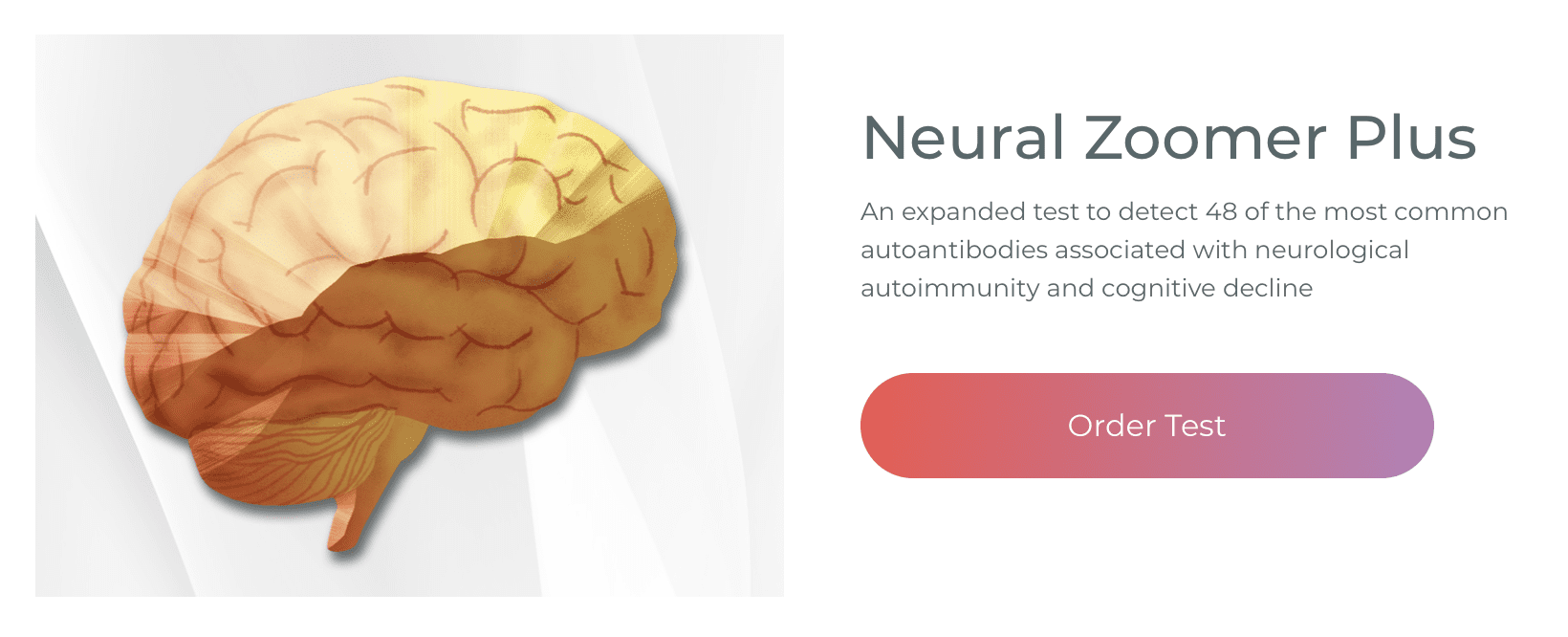

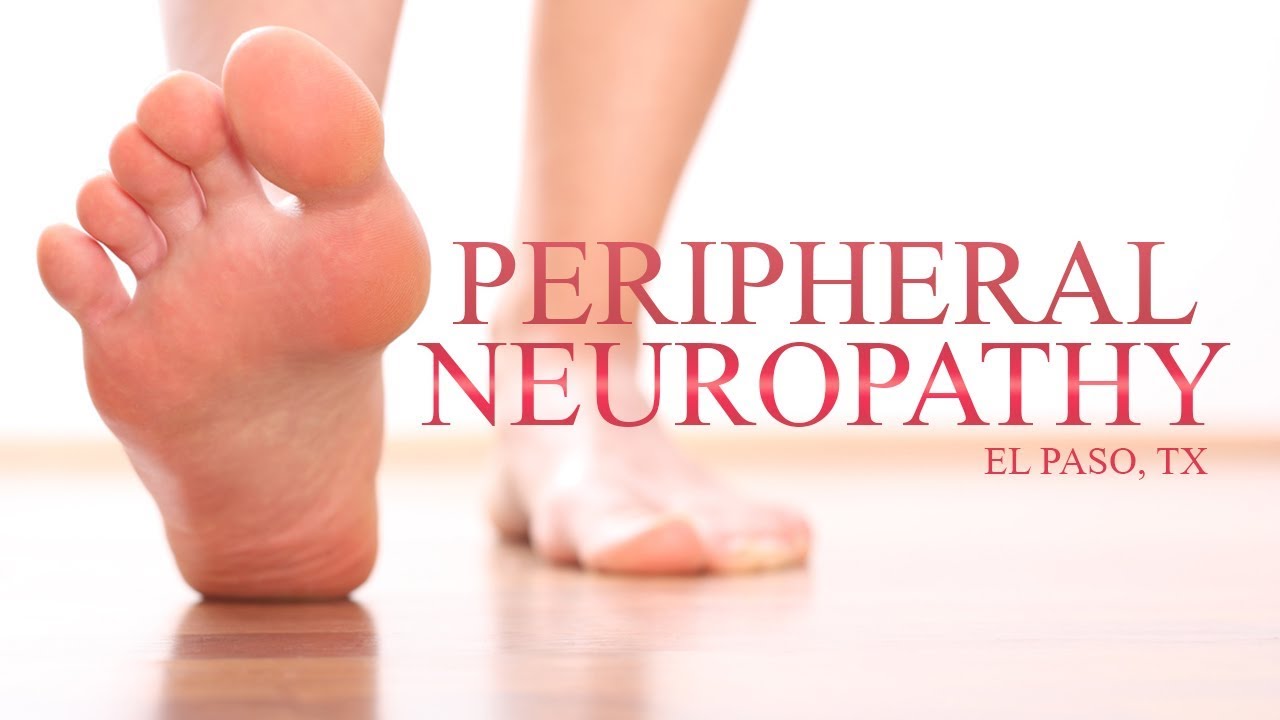


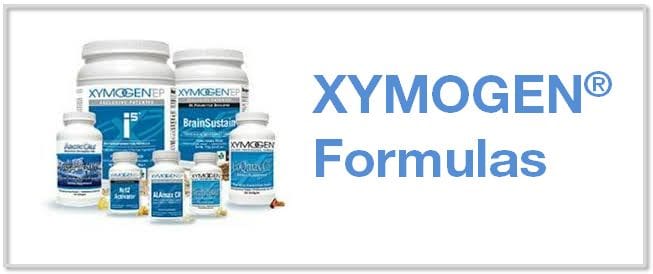
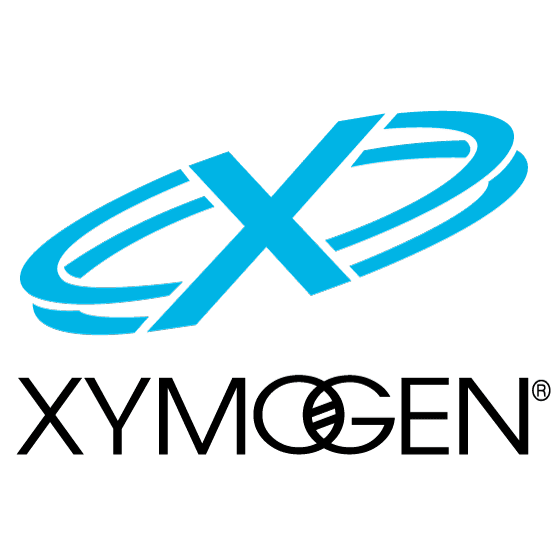


 Again, We Welcome You.
Again, We Welcome You.
Comments are closed.